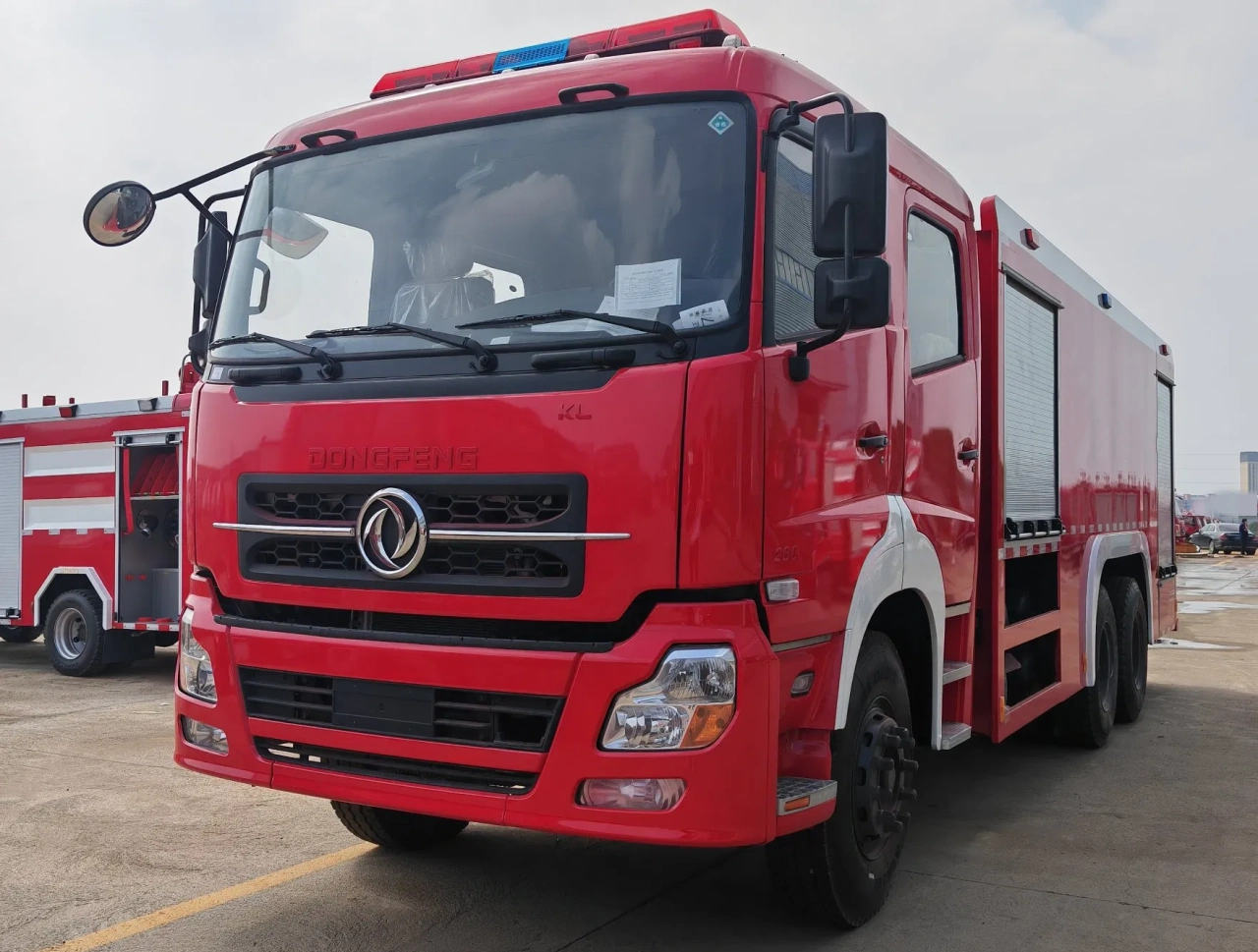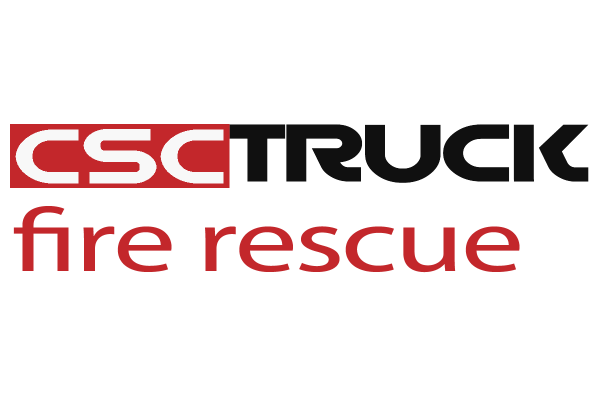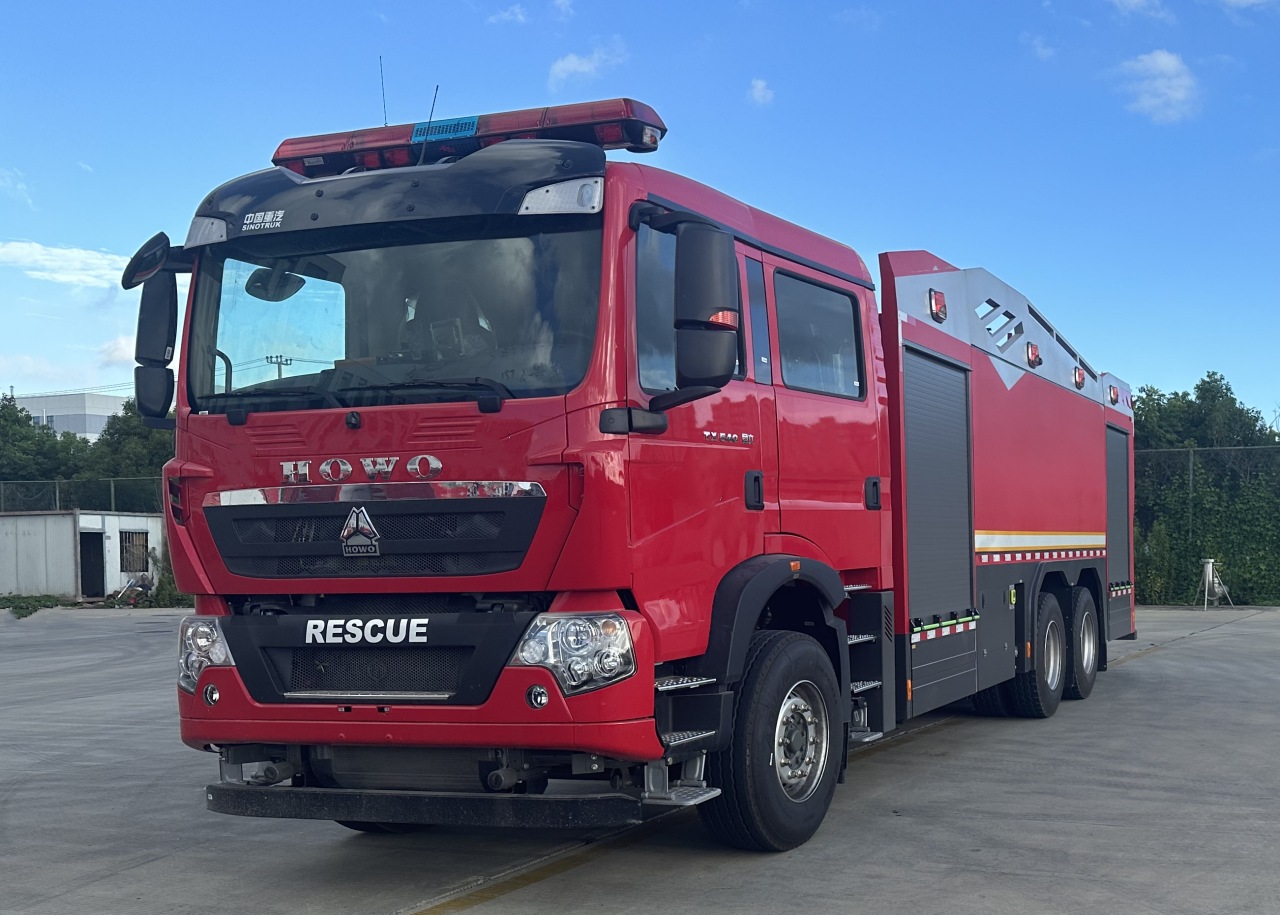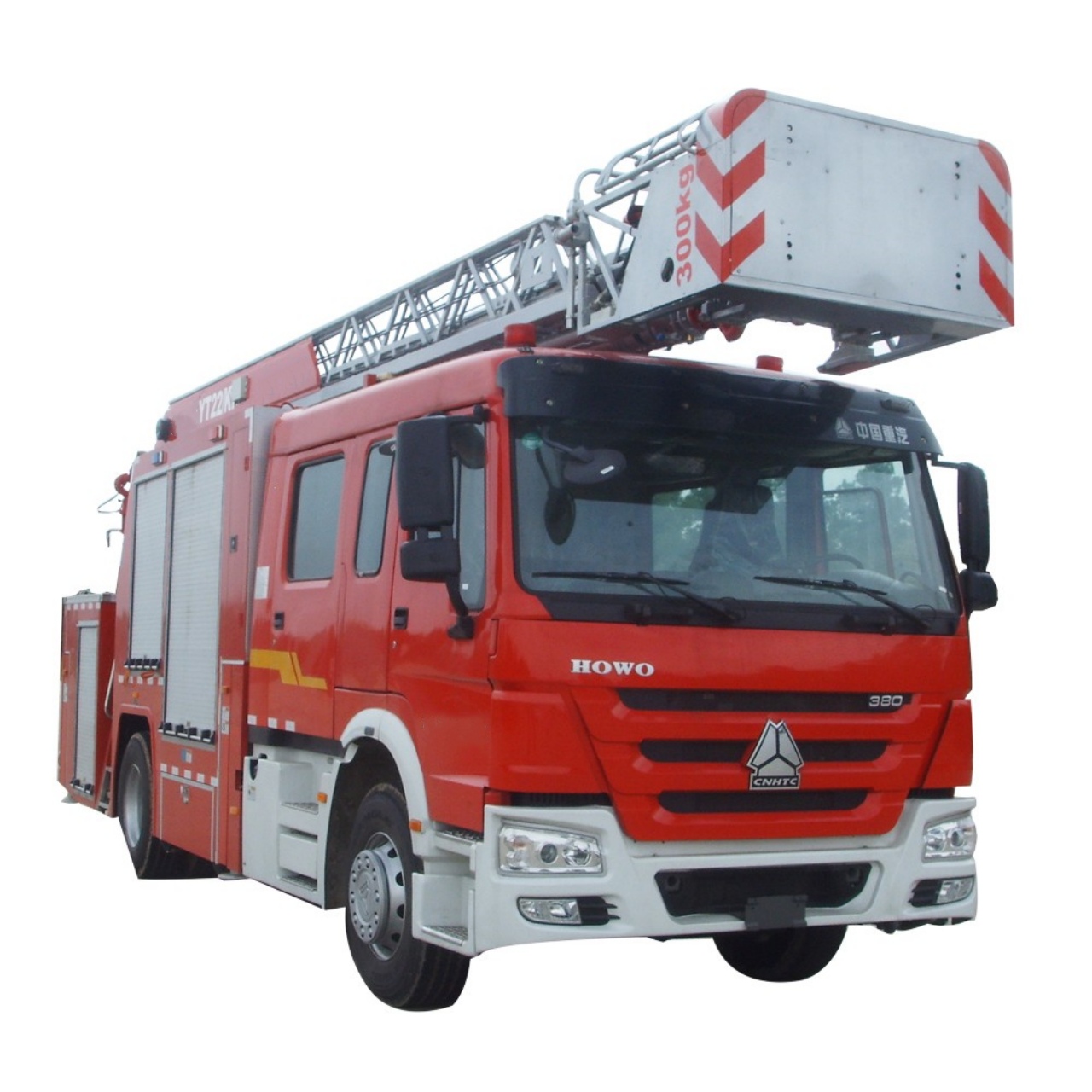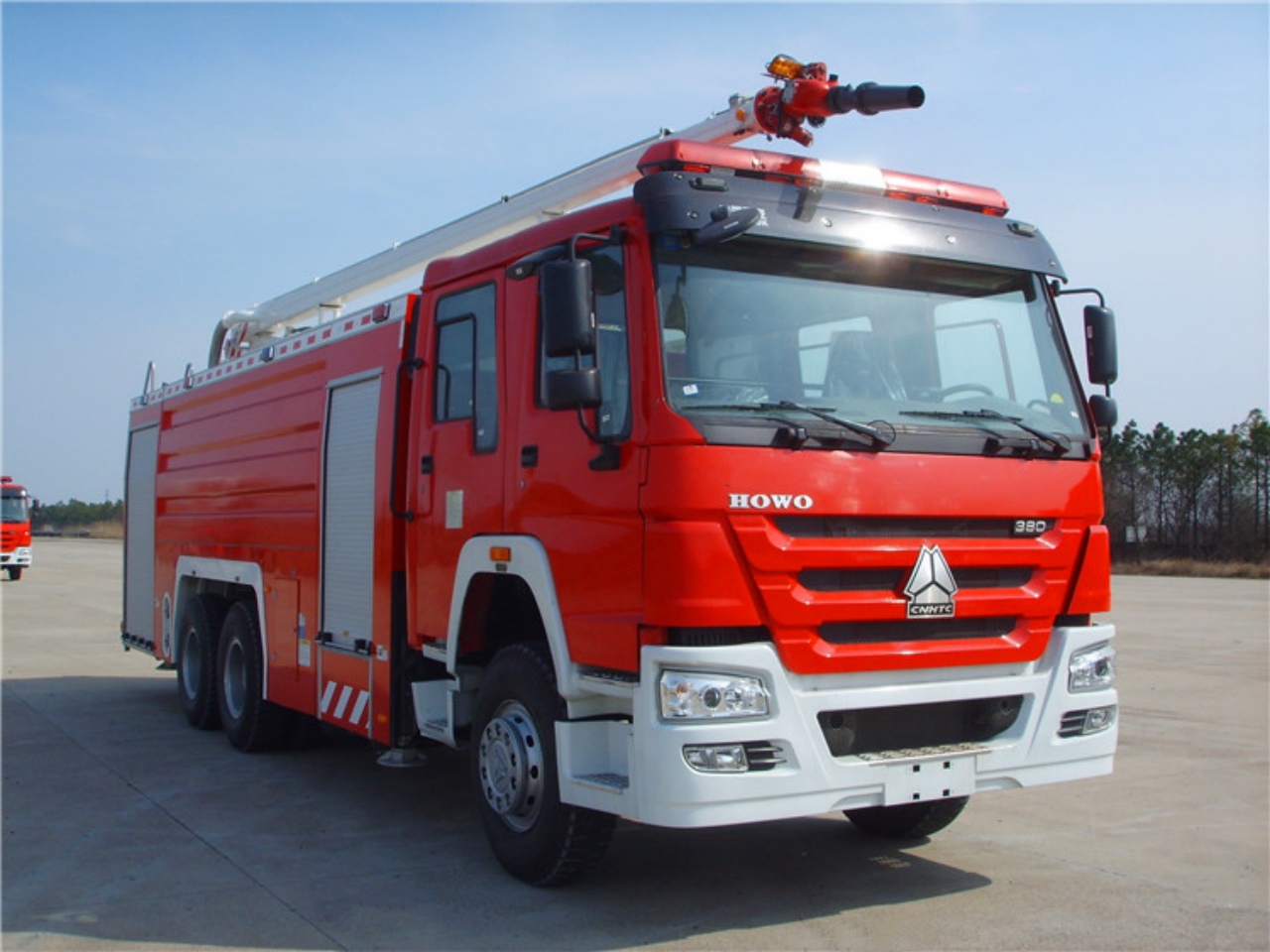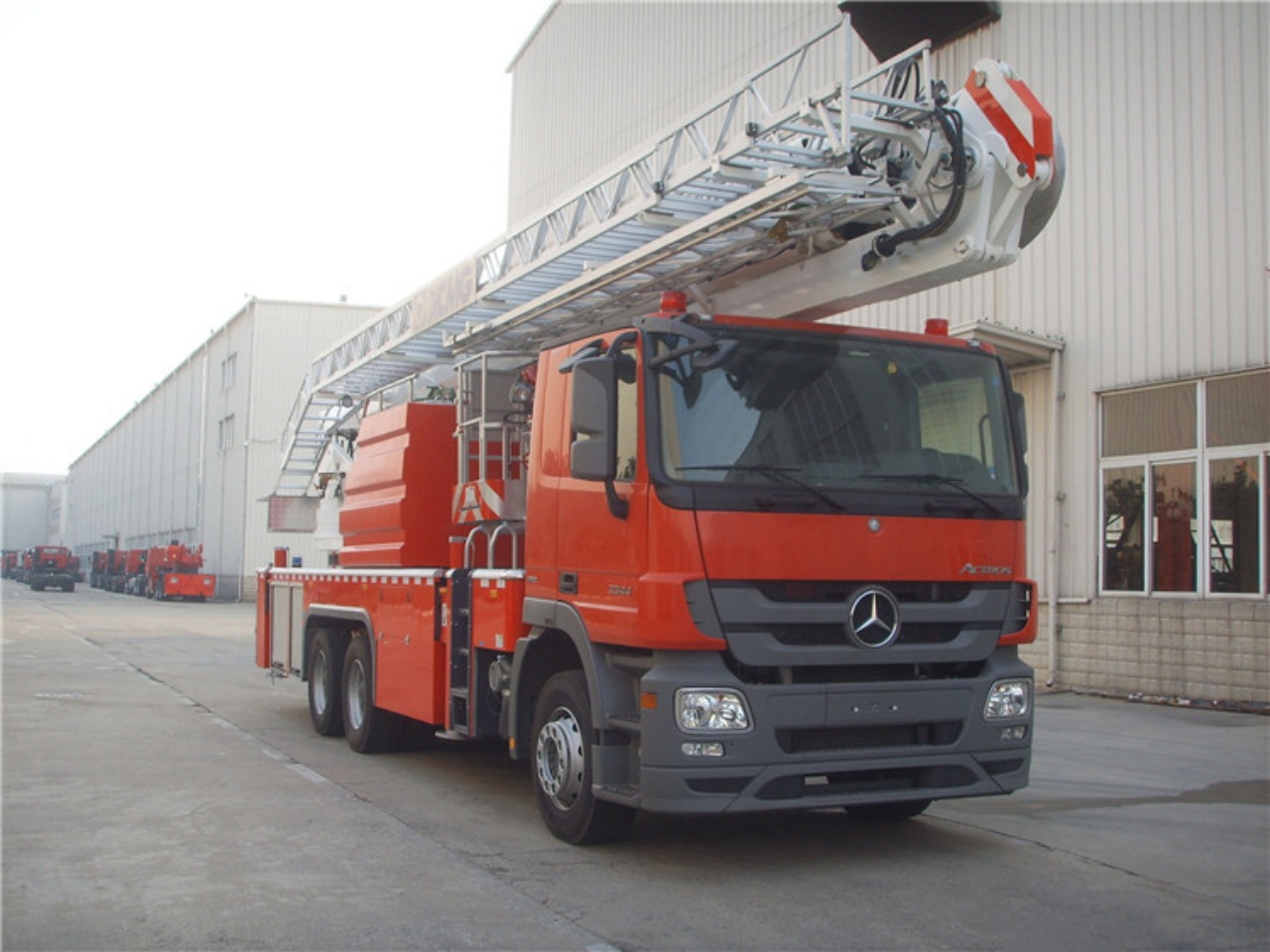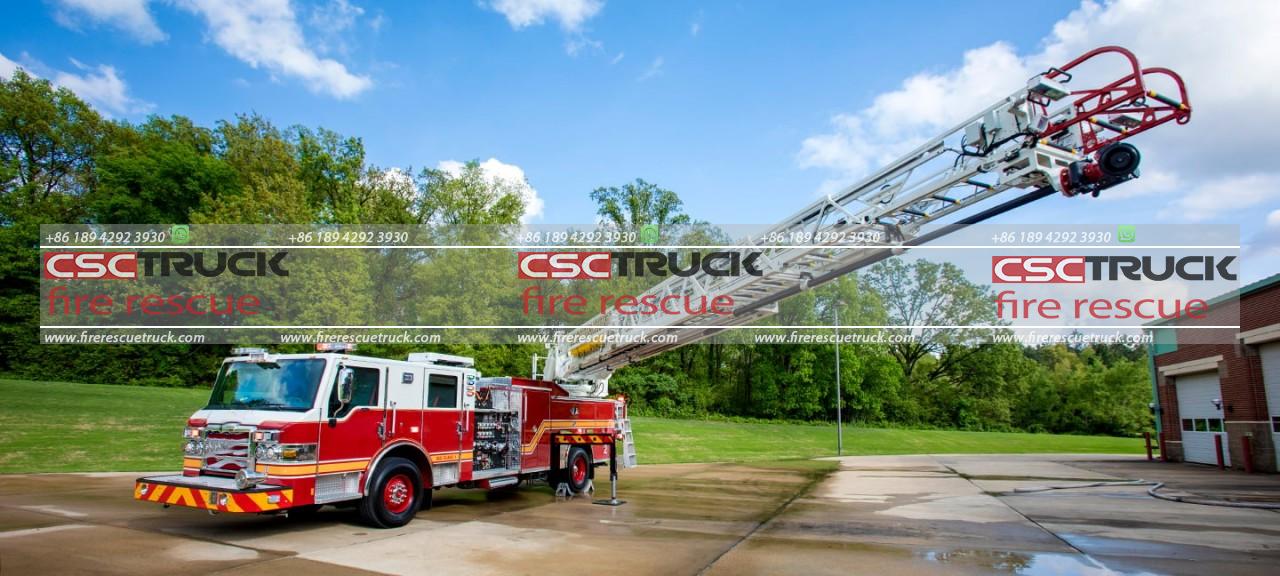When designing buildings, parking structures, or access roads, one critical but sometimes overlooked factor is ensuring adequate clearance for emergency vehicles, especially fire trucks. Fire trucks, with their towering ladders, large compartments, and essential firefighting equipment, require specific spatial dimensions to operate effectively and safely. One key consideration is vertical clearance, or the minimum height needed for fire trucks to access a location without obstruction. This article explores the concept of minimum height for fire truck access, its importance, regulations governing it, and how it impacts building and infrastructure planning.
Why Fire Truck Access Height Matters
Fire trucks are some of the largest and tallest emergency response vehicles in use. Their ability to respond to a fire or emergency hinges on being able to reach the scene quickly and safely. In many urban and suburban settings, tight alleys, low-hanging wires, building overhangs, bridges, and parking garages can obstruct or completely block fire trucks.
If vertical clearance is insufficient, critical delays can occur as firefighters are forced to find alternative routes, reposition their equipment, or forego the use of larger apparatus. In life-threatening situations, even a few minutes’ delay can have catastrophic consequences. Moreover, the inability to access upper levels or reach proximity to a fire can hinder ladder deployment, water supply, and rescue efforts.
Standard Fire Truck Dimensions
Understanding the dimensions of fire trucks helps clarify why clearance is so vital. While exact specifications vary by model and type of fire truck (e.g., pumper trucks, aerial ladder trucks, tiller trucks), general size ranges include:
- Height: 10 to 12 feet (3.0 to 3.7 meters)
- Length: 30 to 60 feet (9 to 18 meters)
- Width: 8 to 10 feet (2.4 to 3.0 meters)
Some specialized ladder or aerial trucks may exceed these dimensions when ladders or stabilizers are deployed.
Given this range, it’s recommended to provide a minimum vertical clearance of 13 feet 6 inches (4.1 meters) to ensure unimpeded access for most fire trucks.
NFPA Guidelines on Clearance
The National Fire Protection Association (NFPA) sets the standard in the United States for fire safety protocols. According to NFPA 1: Fire Code and NFPA 1141: Standard for Fire Protection Infrastructure for Land Development in Wildland, Rural, and Suburban Areas, the following applies:
- Minimum vertical clearance for fire apparatus access roads is 13 feet 6 inches (4.1 meters).
- The minimum width of an access road is generally 20 feet (6.1 meters), although this can vary depending on local requirements and building size.
These specifications ensure that not only can fire trucks pass through an area, but they can also maneuver, deploy ladders, and operate safely without damaging equipment or being obstructed.
Local and International Building Codes
In addition to NFPA standards, many jurisdictions have adopted their own building and fire codes, which often align closely with the International Fire Code (IFC) or the International Building Code (IBC). These typically reaffirm the 13 feet 6 inches minimum height for fire lanes, driveways, and other access roads.
For example:
- IFC Section 503.2.1 mandates that fire apparatus access roads shall have an unobstructed vertical clearance of not less than 13 feet 6 inches (4115 mm).
- California Fire Code, New York City Fire Code, and many others include similar language.
Real-World Obstacles to Clearance
Despite the clear guidelines, many urban environments present real challenges to maintaining proper clearance:
- Overhead utility lines can hang below the required heights.
- Building overhangs, awnings, and balconies in older or historic districts may not meet modern standards.
- Trees and vegetation often intrude into fire lanes or driveways if not properly maintained.
- Bridges and tunnels, especially in underground parking or transit systems, may restrict fire truck access entirely.
- Drive-throughs and covered entrances (such as porte-cochères) are sometimes built too low for large apparatus to pass through.
These obstructions can severely limit emergency response and should be addressed proactively during site planning or retrofitting.
Designing for Fire Truck Access
Whether for residential communities, commercial properties, or public infrastructure, designing with fire truck access in mind is essential. Here are some best practices:
- Verify Vehicle Specifications Locally
Different fire departments use different apparatus. Designers and architects should consult with the local fire marshal or fire department to determine the dimensions of their largest truck. - Ensure 13’6” Minimum Clearance
This includes all overhead structures, signage, trees, and wires along the fire lane or driveway. - Incorporate an Adequate Turning Radius
Vertical clearance is just one part of access. Fire trucks also need a turning radius of 25-50 feet (7.6-15.2 meters), depending on the type of truck. - Mark and Maintain Access Lanes
Fire lanes should be marked and regularly inspected to ensure no vegetation or structures encroaches over time. - Avoid Gated Access Without Proper Design
Gates or barriers must be designed to allow fire trucks entry, often with key boxes, automated systems, or wide turning areas.
What Happens If Requirements Aren’t Met?
Failing to meet clearance standards can have significant implications:
- Permitting Delays or Denials
Buildings or developments may not receive occupancy permits without proof of emergency vehicle access. - Insurance Impacts
Fire insurance rates may increase if fire department access is deemed inadequate. - Legal Liability
In the event of a fire-related injury or death, property owners could be held liable if poor design prevented emergency response. - Operational Inefficiencies
Fire departments may be forced to stage further away, reducing the effectiveness of firefighting and rescue operations.
Conclusion
The minimum height for fire truck access—13 feet 6 inches—is more than a design recommendation; it’s a life safety requirement. Ensuring this vertical clearance allows fire trucks to perform their duties without delay or damage. Architects, engineers, developers, and municipal planners must prioritize these specifications from the earliest stages of project planning to protect both property and life.
Urban areas, in particular, must navigate the challenge of retrofitting older infrastructure or creatively planning new developments around these standards. Working closely with local fire departments and adhering to NFPA and IFC guidelines will ensure that emergency responders can access every corner of a community when seconds matter most.
